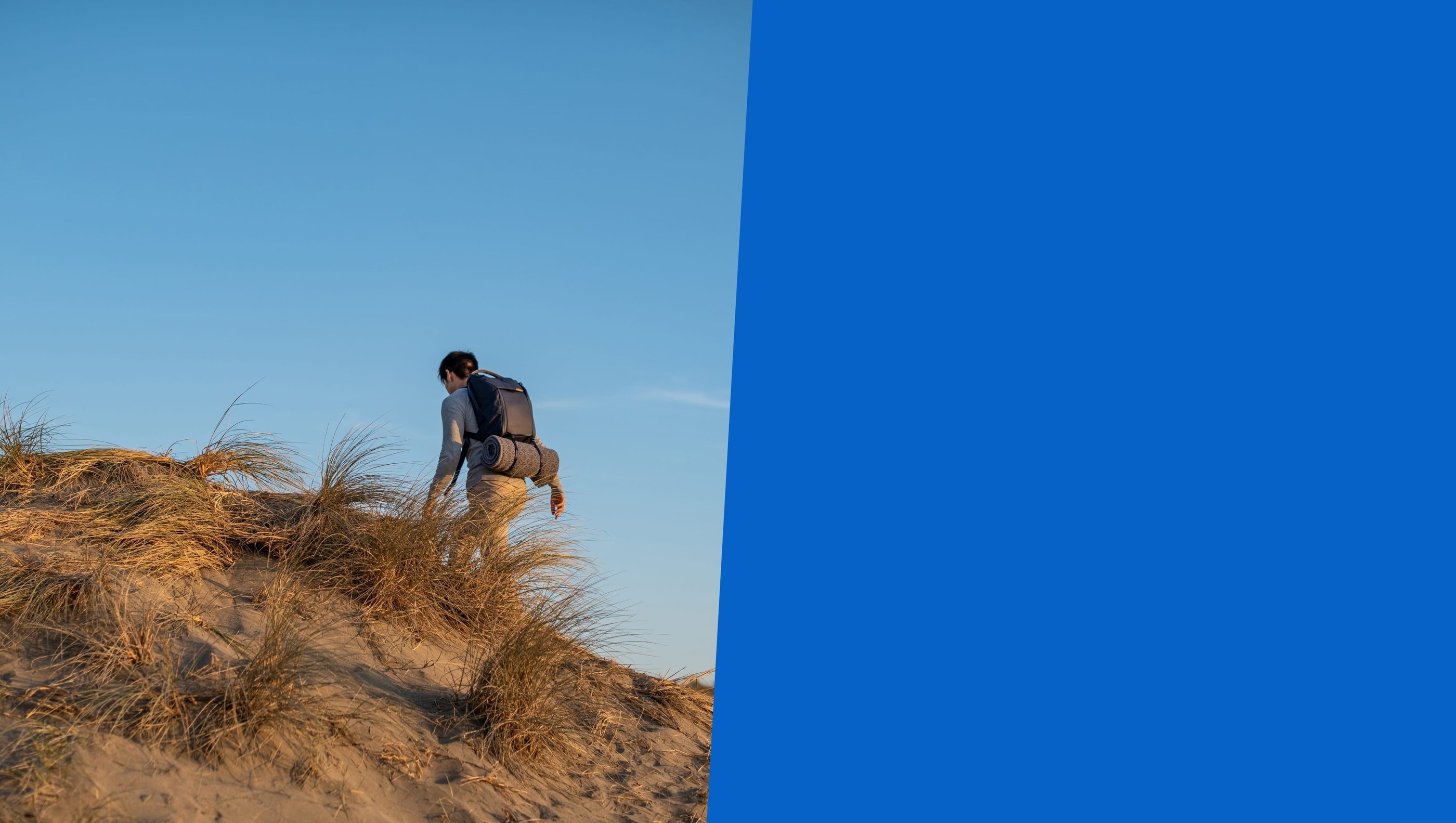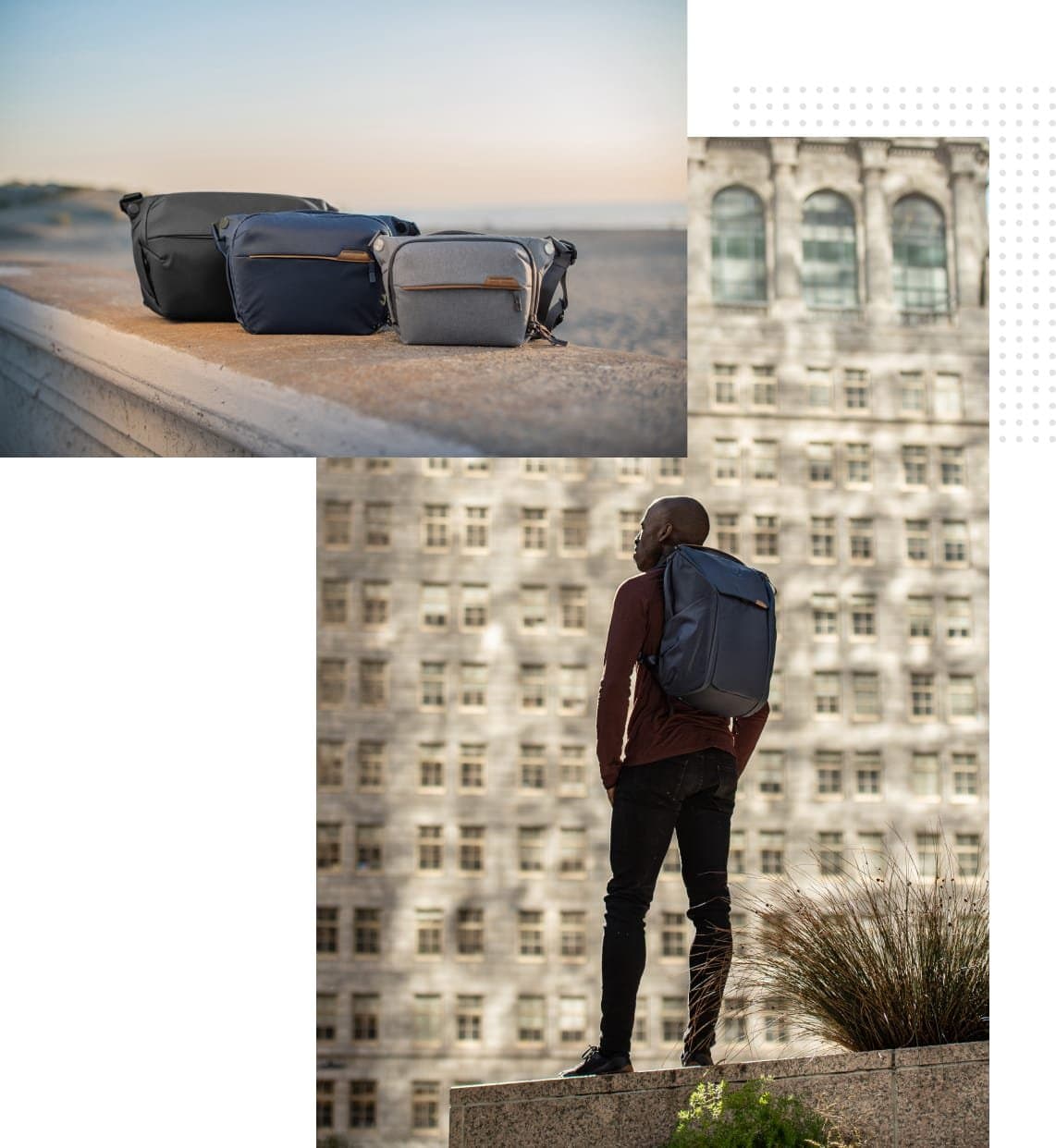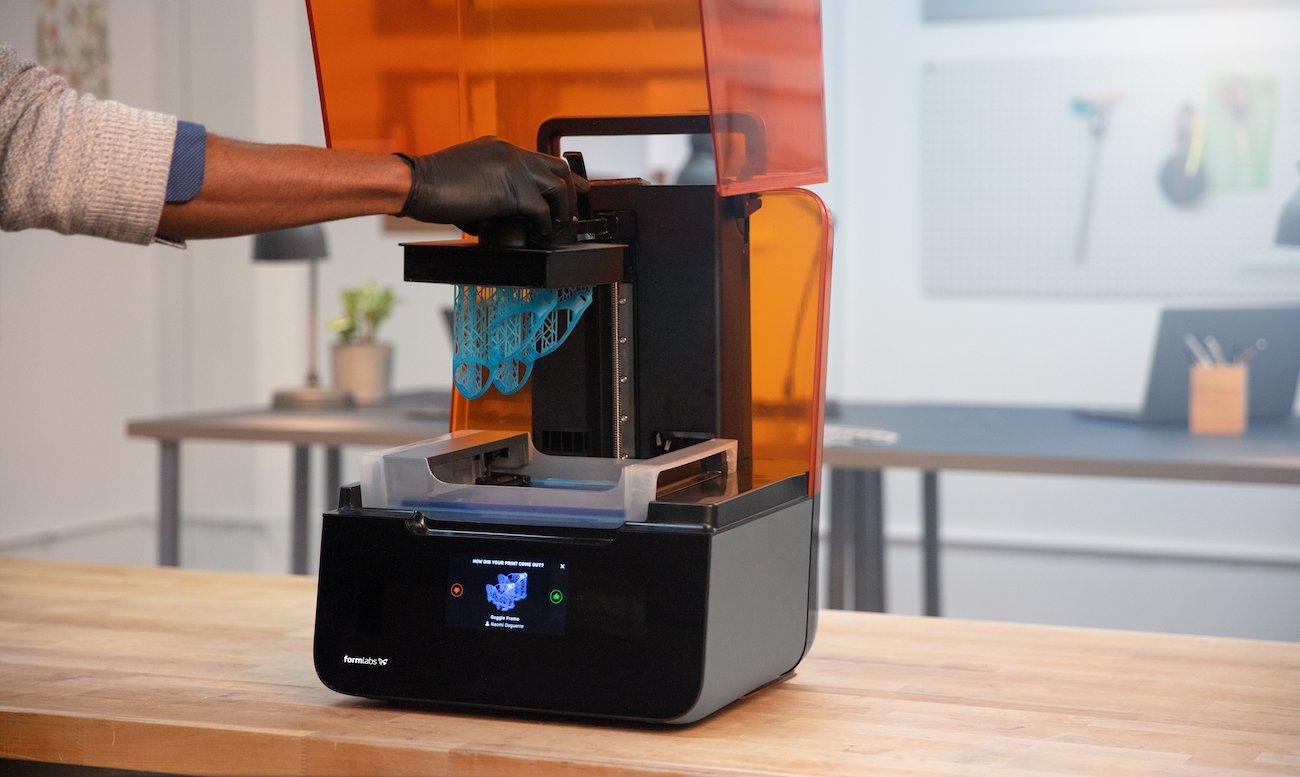
Trailblazing
Printed With Formlabs
An Everyday Backpack with unrivaled access, expansion, organization, and aesthetics. A Travel Tripod with no dead space and minimal packed-down size. These are products without compromises. This is Peak Design.


Passionate Design of Top Tier Products
When launching a new product, engineers at Peak Design continuously ask themselves: Is this head and shoulders above its competitors? Will it make other products obsolete, and create new and passionate users?
Driven by designers who only build products they want to use themselves, and a customer base that associates Peak Design with innovation and unparalleled quality, Peak Design holds themselves to a standard higher than most consumer brands. When entering established markets, this means creating revolutionary changes that improve both form and function of everyday items such as bags and carry equipment.
Every product is meticulously engineered from scratch by constantly keeping user needs in mind. Development time is never rushed; engineering teams are given months or even years to perfect designs and create innovative new mechanics.
Unique Design, Everyday Use
Peter Dering, Founder and CEO
“Each time we come out with a product, it reinforces a prior notion about our company. We spend a lot of attention on small details, and a lot of thought to how one actually uses these products. And that is true because we never rush our engineering process.”
The Everyday Backpack exemplifies these design standards.
Every part of the backpack was created from the ground up, from creating an intelligent divider system to making every crevice of the bag easily accessible and useful. When it came to creating a unique closure system for the Everyday Backpack, the team turned to 3D printing to help test and design components never before seen on a backpack.
The MagLatch is both secure and easy to use, which can be a hard combination to perfect. The easier a bag is to open, the increased risk it opens by mistake. Items inside the bag must also remain secure during long trips.The MagLatch works because it can be effortlessly adjusted with one hand and expands with bag load.
Due to the latch formfactor, engineers felt there was no way to truly visualize the clip in 2D space. Peak Design had already invested in a pair of in-house 3D printers, and began printing models of the MagLatch to help visual the latching mechanism. Looks-like prototypes helped the team hone in on the perfect shape and form and see how the product felt on a bag. The speed of in-house printing meant the team could relentlessly tweak their design, changing small angles and corners to get the perfect feel. Grey Resin quickly became the go-to material due to its smooth surface finish, helping bring the print one step closer to what the final design of the latch would eventually become.
Design Engineer Max Maloney and team found a rhythm: start a 3D print at night, come in in the morning to find it done, review with the team, and start a new print before leaving the office. The ability to create daily prototypes encouraged the team to experiment, reducing the costliness of design mistakes.
When it was time for mass production, the team printed one final version of the latch and sent it off to machining the same day. It was a seamless process every step of the way: from CAD, to in-house models, to final print. The effortlessness of production empowered Peak Design engineers to create a backpack closure system superior to anything else in the market.

Succeed at the Expense of Nobody
As a consumer product company grows, there is pressure to find shortcuts to succeed. This could be in the form of increasing harmful pollutants, or cutting costs by exporting labor to low wage companies. But Peak Design wants to serve as a model for others and prove that a business does not need to sacrifice product quality, employee retention, or innovation, in order to succeed.
On a trip to Vietnam in 2017, Peter Dering reviewed a month's worth of materials in a storage facility. After returning to the United States, he decided the company must address the scale of petrochemicals being used in the production process. Since then, carbon neutrality has become a core mission of Peak Design. They’ve created a simple formula that works, and that Peter is confident will work for others: measure, reduce, and offset.
“Environmentalists sometimes refuse to accept the world as it is, and what capitalism has brought us. There is an unpragmatic side of environmentalism - in these green movements - that allows brands to take advantage of slogans in order to sell their products. It’s easy for brands to use marketing stories that customers are eager to gobble up.”
In order to understand the true impact of his business on the planet, Peter set out to measure, reduce, and offset 100% of Peak Design's carbon footprint. It’s become one of the most critical missions of Peak Design, embedded in the company culture alongside product development.
“We strive to leave this planet better than we found it. We are aware that making and shipping things harms the environment. Offsetting this impact is a responsibility we feel as both a company and individuals. We donate 1% of our revenue to environmental nonprofits. We also guarantee our products for life, and refurbish broken items to keep them in use and out of landfills. We can and will do much more.”
From a Post-it Note, to the World
In 2011, Founder Peter Dering sketched an idea for a new tripod on a Post-it note. This simple drawing was the start of an almost four year journey to the launch of the Travel Tripod.
Traditionally tripods are heavy, and too often left out of a traveler’s bag to make room for other items or to reduce weight on long trips. The challenges associated with creating something new were significant: reduce all wasted space, reduce the overall diameter of the tripod so it was easier to carry, reduce weight, but don’t compromise on stability, height, durability, or features.
Over the course of four years, Peak Design created six fully designed prototypes. Each design consists of multiple parts, with individual parts going through up to 20 designs. With each new sketch, CAD design, and print, the Travel Tripod was slowly born.
As a private company beholden to customers, not shareholders, Peak Design refused to rush or ship the Travel Tripod before Peter’s original sticky note design was fully realized. But even without shareholders, expenses can still be an obstacle. 3D printing plays an important role in helping Peak Design achieve market defining products in both aesthetics and functionality. Eliminating the costs and time associated with outsourcing, a small privately owned company like Peak Design is able to affordably create ten or even twenty prototypes. This gives engineers precious time even if development stretches over multiple years. The result is unique solutions superior to standard protects already found on the market.
Max Maloney
“In-house 3D printing has helped with both aesthetics and functionality. It has allowed us, as a small company, to create dozens of prototypes, due to time and money saved compared to outsourcing. It allowed the team to do more with less.”
After existing in various forms for four years, the Travel Tripod launched to broad acclaim. One reviewer put it succinctly: “The Peak Design Travel Tripod is more than deserving of a place in your gear bag. Next time, something else is getting cut to make weight.”
A Company Without Compromises
Peak Design strives to create products that will last a lifetime to help sustain a planet that will last forever. Top tier consumer products like the Everyday Backpack and Travel Tripod cultivate seriously passionate users; users inspired by the brand’s ability to pack more into less, and to experience new ideas on what were stagnant product categories.
There’s too many great things to say about Peak Design to pack into one of their beautiful, thoughtfully designed bags.

Four Questions for a Design Engineer
Q: As a designer, how do you measure product success?
A: Success is usually simple to measure in engineering terms - is the product strong enough, does it meet our reliability target, did we meet our weight goal, etc. However, true product success in the eyes of a customer is more difficult to measure, and more emotional. When a customer who has never used the product first picks it up and lights up with that starry "How did they DO this?" look in their eyes, that's when you know you've truly succeeded.
Q: What do you like about Peak Design?
A: Getting to work on products I want to use. Work does not feel like work here. It’s fulfilling to create products I want to use. My work becomes part of my life because I use the items all the time. And some of the products, like Capture, make me really proud. It came out a few years ago, sold extremely well, and still feels top of class, after years on the market, we don't need to touch it for many years. Getting to make products like that is what I like about Peak Design.
Q: Which resin is your favorite?
A: Each person at Peak Design has their own favorite. Right now I am loving Grey Resin on the Form 3, in part because of how easy the supports come off. Post-processing is almost non-existent. Other engineers use Rigid Resin, for thin parts. Black Resin is also popular because a lot of our final parts are black, and it gets us one step closer to looks-like prototypes.
Q: What surprised you the most about 3D printing?
A: The accuracy. I remember when I first heard of FDM printing and was disappointed in how rough the parts were. With current SLA printers like the Form 3, the accuracy is perfect for my needs. I can create assemblies with 150 micron clearances, and it just works. I often don't even need to adjust clearances when printing assembly designs intended for production - it blows my mind!
Peak Design's Toolkit
Get the same tools Peak Design used to create their awesome products!

Interested in collaborating?
We’d love to hear from you! Please submit your inquiry and we'll be in touch as soon as possible.